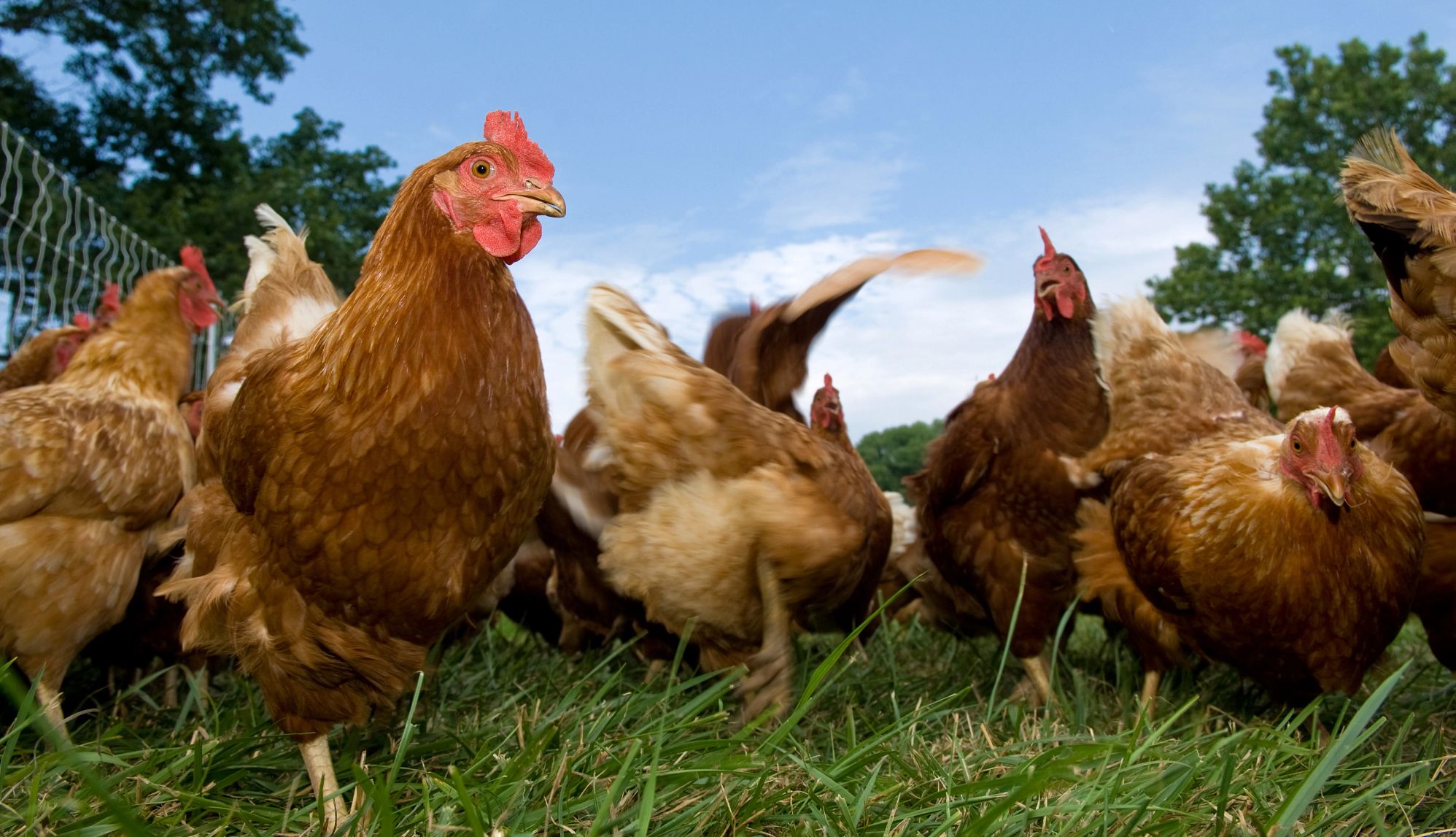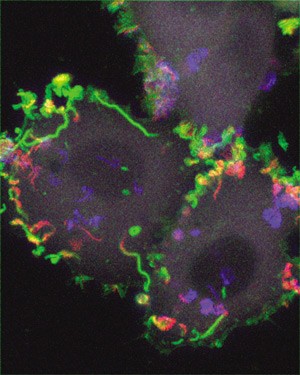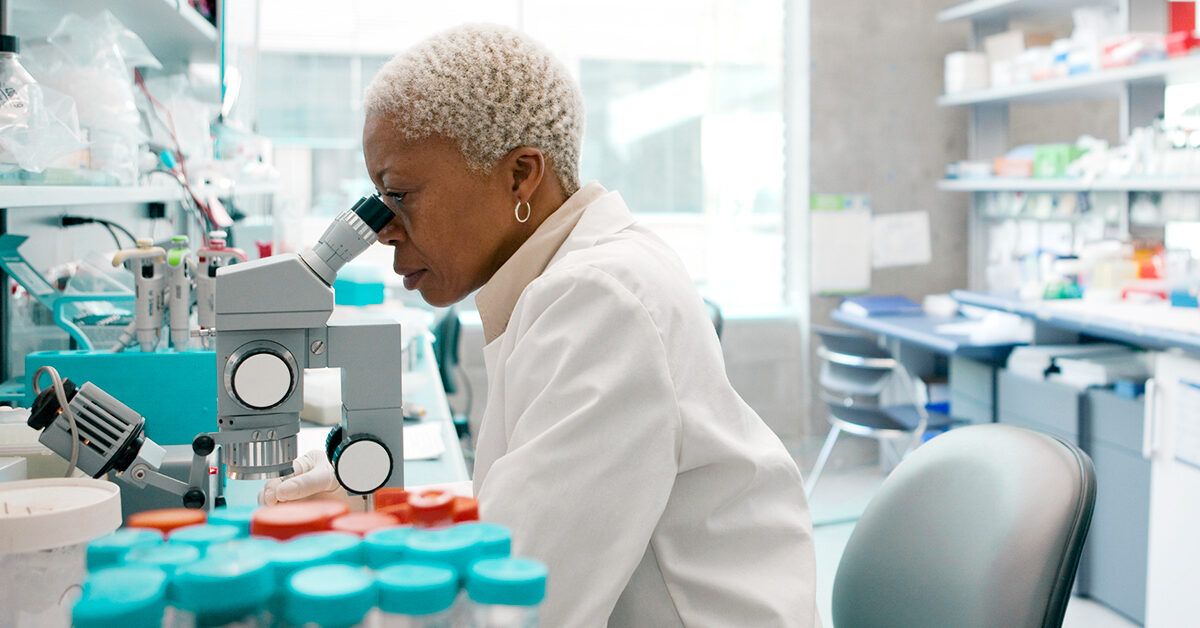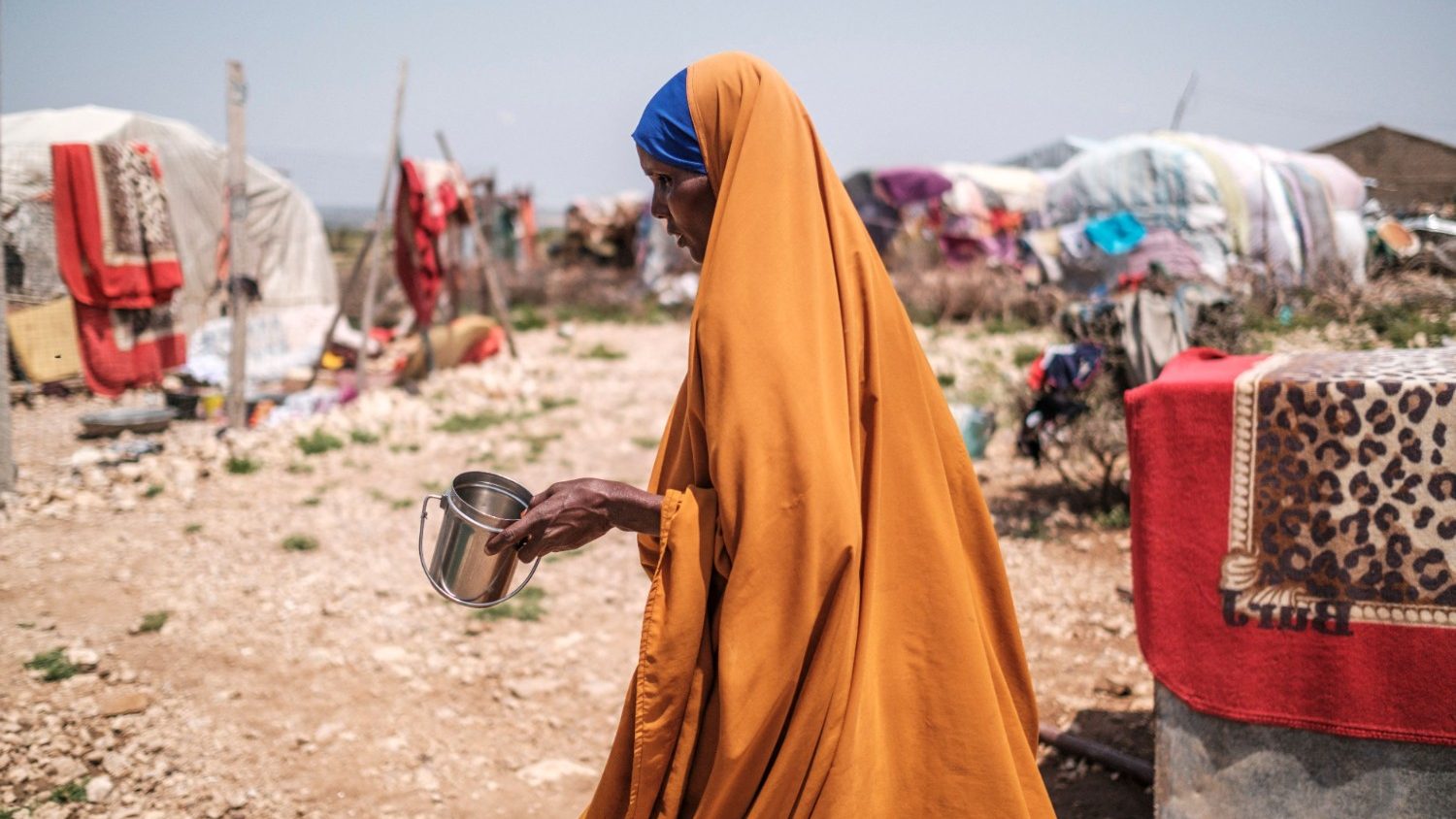
- Select a language for the TTS:
- UK English Female
- UK English Male
- US English Female
- US English Male
- Australian Female
- Australian Male
- Language selected: (auto detect) - EN
Play all audios:
_This article was created with the assistance of generative AI. It was reviewed by editors before publication._ A recent outbreak of salmonella infections has been traced back to backyard
poultry, such as chickens and ducks, across multiple states. While these birds may appear healthy and clean, they can carry salmonella germs that pose a risk to human health, the Centers for
Disease Control and Prevention announced. As of April 24, seven cases have been reported across six states, including Florida, Illinois, Missouri, South Dakota, Utah, and Wisconsin. No
hospitalizations or deaths have been reported. SAFETY TIPS FOR BACKYARD FLOCK OWNERS Salmonella germs can spread from backyard poultry to humans through direct contact or by touching
anything in the birds' environment and then touching your mouth or food. To help protect yourself and your family from salmonella, follow these guidelines: 1. WASH YOUR HANDS: Always
wash your hands with soap and water immediately after handling backyard poultry or anything in their environment. If soap and water are not available, use hand sanitizer. 2. BE SAFE AROUND
FLOCKS: Avoid kissing or snuggling with your birds, and refrain from eating or drinking around them. Keep all poultry-related supplies outside your home. 3. SUPERVISE CHILDREN: Ensure that
children wash their hands properly after interacting with poultry. Children under 5 years old should not handle chicks or ducklings, as they are more susceptible to illness. 4. HANDLE EGGS
SAFELY: Collect eggs frequently, discard cracked ones and clean any dirt with fine sandpaper or a cloth. Refrigerate eggs promptly and cook them thoroughly to an internal temperature of
160°F. Don’t wash them because colder water can pull germs into the egg. RECOGNIZING SYMPTOMS OF SALMONELLA Most people infected with salmonella experience diarrhea, fever, and stomach
cramps, typically starting 6 hours to 6 days after infection. While most recover without treatment, severe cases may require medical attention, particularly for young children, older adults,
and individuals with weakened immune systems. A confirmed diagnosis is made when a lab test determines that the bacteria is present in a person’s stool, body tissue or fluids. Most people
can recover without an antibiotic, but treatment is recommended for anyone with severe illness. Infected adults over 65 (or over 50 if an underlying condition such as heart disease is
present), infants and those with a weakened immune system are also advised to take an antibiotic.










